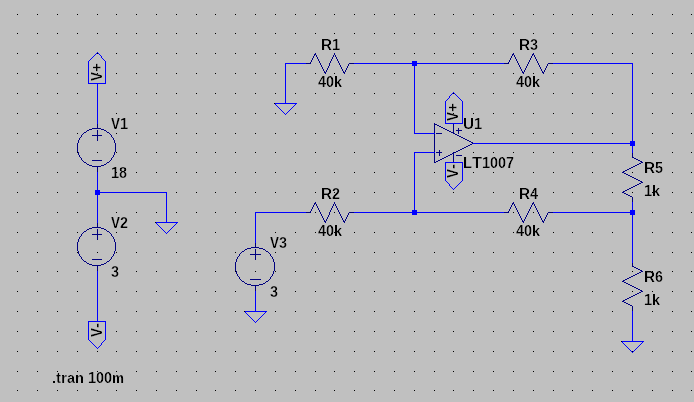I believe all the solutions on this page are ground-referenced. That is, if there are long wires, less than ideal ground impedance, high ground currents or something they won't be precise.
But this can be eliminated by so-called Howland current pump. The key benefit here is that it does not require the load to be connected to any power rail. Essentially, it's a differential amplifier. Please have a look on the following schematic.
R5 is the current sensing resistor, R6 is the load. The rest (R1-R4) are part of the differential amplifier. The voltage across R5 is equal to V3. Hence, the current through it will be \$I_{R5} ~= V3 / R5\$. If R6 << R4, then \$I_{R5} \approx I_{R6}\$. In this schematic Seethere is always a small output error because part of the output current flows through R4 as well. But this can be eliminated using, e.g., voltage buffer between R4 and R5.
[
For more information see the following materials:
"What is a Howland Current Pump?" by Kelvin Le
"Difference Amplifier Forms Heart of Precision Current Source"
"AN-1515 A Comprehensive Study of the Howland Current Pump"
"Tame those versatile current source circuits"
"EEVblog #579 - Precision Low Current Source" (not Howland pump, but interesting)
